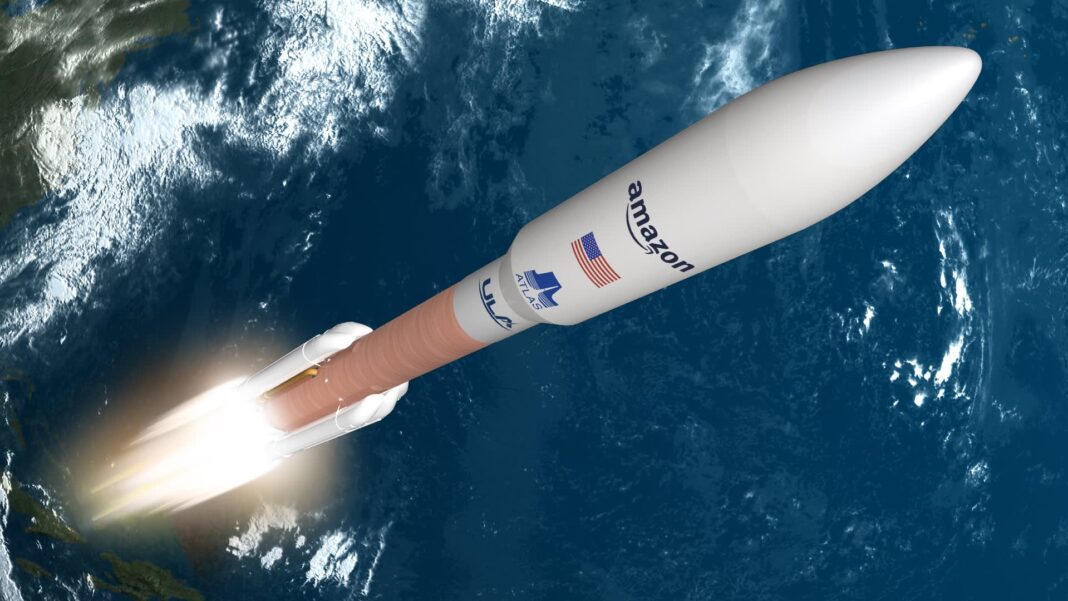Amazon’s Project Kuiper is targeting a commercial rollout of satellite-based internet services in India in 2026, seeking to expand its global footprint and compete with existing players like Starlink, OneWeb, and Jio Satellite mint
- Satellite Deployment Rush Underway
Globally, Amazon is steadily building its Kuiper constellation. As of April 2025, the company successfully launched the first batch of 27 operational satellites, with plans to eventually deploy 3,236 in total. The FCC mandates that at least half of these—about 1,618 satellites—must be in orbit by mid-2026 - Regulatory Hurdles in India
Amazon’s application process in India is still ongoing. It has applied to the Department of Telecommunications (DoT) for a Letter of Intent (LoI) under the GMPCS framework and is awaiting additional approvals from IN-SPACe. The company has yet to meet certain government-mandated security conditions - India’s Satellite-Internet Landscape
Currently, Starlink has secured key regulatory clearances, including IN-SPACe authorization, to provide services in India. Meanwhile, Eutelsat OneWeb and the Reliance Jio-SES joint venture also hold GMPCS permits. India’s regulator, TRAI, is considering a five-year limit for satellite broadband licenses—a potential benchmark for all providers
Strategic Context & Implications
- Intensifying Competition
Amazon’s entry would significantly elevate competitive dynamics in India’s satellite internet sector, potentially driving innovation and affordability. - Bridging the Digital Divide
Kuiper could help connect remote and underserved regions—aligning with India’s digital inclusion goals and complementing terrestrial infrastructure. - Scaling Challenges Remain
Amazon’s ability to meet the mid-2026 FCC deployment deadline, secure Indian regulatory approvals, and deliver affordable hardware (expected under $400) will determine its competitive edge


